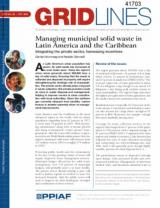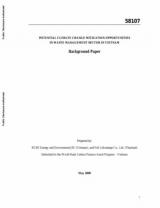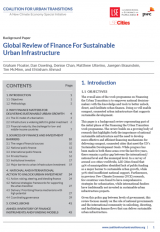-
Country/City
World
-
Topics
Climate Finance, Financing, Policy and Governance
-
Published On
March 13, 2017
-
Author(s)
Niranjali Amerasinghe, Joe Thwaites, Gaia Larsen and Athena Ballesteros
In recognition of the importance of public finance, the global community has established several “climate funds.” These funds are designed to disburse funding to developing countries to help meet the cost of climate change mitigation and adaptation. Capitalized primarily by developed countries, the funds also serve as recognition of the greater historic responsibility these countries have for current atmospheric greenhouse gases. While several international climate funds now exist, their combined resources of $23 billion are a mere fraction of the global need of trillions of dollars a year. The funds must therefore distribute their precious resources carefully to ensure maximum positive impact.
This report seeks to investigate whether the current arrangement of multilateral climate funds effectively achieves such a distribution. It focuses on the seven major multilateral funds operational today: the Adaptation Fund, Clean Technology Fund, Global Environment Facility, Green Climate Fund, Least Developed Countries Fund, Special Climate Change Fund, and Strategic Climate Fund. The findings are based on interviews with a spectrum of people representing these funds, contributor and recipient countries and other key stakeholders. The authors also conducted careful analysis of the funds’ policies and portfolios.
The report shows there is room to improve how the climate funds currently operate. The landscape of funds could benefit from, among other things, a greater focus on supporting systemic shifts, an increased willingness to take on risk, and improvements in efficiency and coordination. In the longer term, some funds might be consolidated or sunset once they have met their mandates
Download the document from here.
4.62 MB



